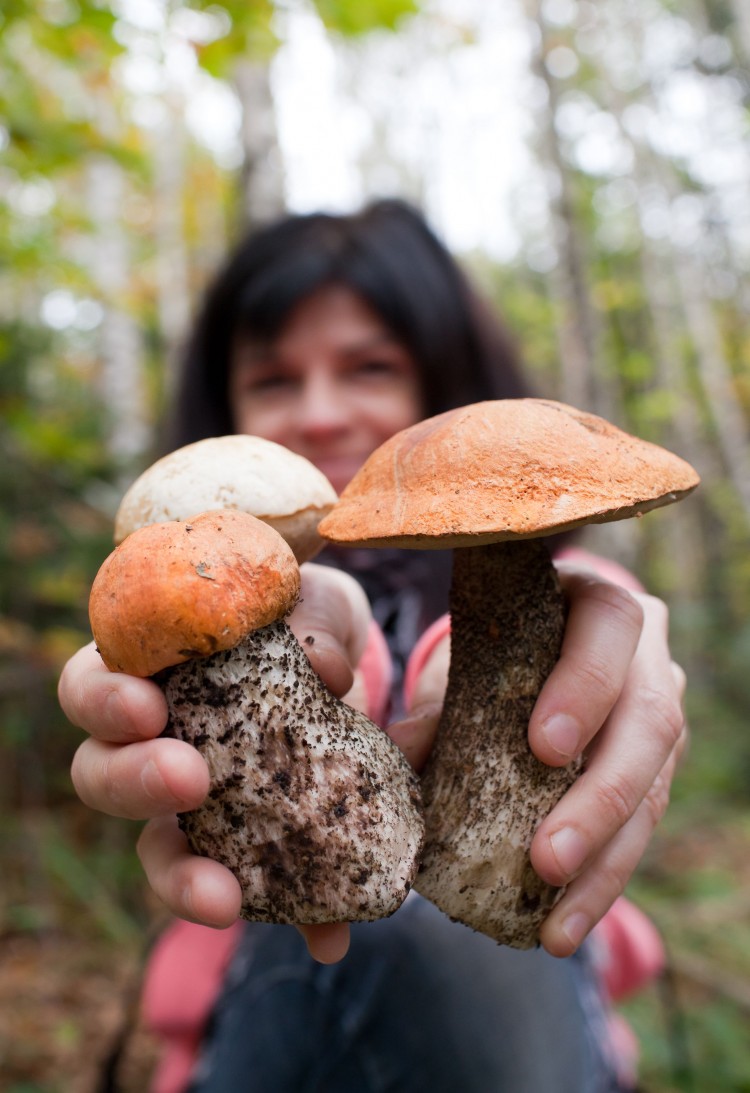
Wild food is an iconic, sometimes debated but also often enjoyed ecosystem service. Many people enjoy gathering wild plants, fruit or mushrooms, or like to go on a hunting trip. Even more people like to consume food from the wild. Over the past years, in many countries the attention for wild food has been increasing. “Celebrity cooks” use and promote the use of wild plants; cooking magazines feature more wild food in their recipies to more and more people go out and collect wild plants for consumption.
So far, the gathering and consumption of wild food has received little attention in the Ecosystem Service literature. Many quantifications and valuations of Ecosystem Services even completely ignore this iconic service. In a new paper in Ecological Economics, a first EU scale quantification of wild food as an ecosystem service is presented as a joint product of the OPERAs and HERCULES projects. Using data from a wide range of sources, ranging from species distribution modelling to gastronomy, an inventory of the availability and values of wild food in the EU was made.
The inventory shows that more than 10% of EU citizens collect wild food, about 20% consumes wild food regularly. A large variety of plant, mushroom and game species that are consumed were identified. About 150 different species are widely collected throughout the EU, including red deers, chanterelles, wild garlic, and many wild fruit species. Another 600 consumed species were identified whereof consumption was regionally specific, sometimes unless a EU-wide distribution.
The review of the motives for wild food gathering and the socio-economic backgrounds demonstrates that wild food is particularly important as a cultural ecosystem service. It contributes to the connectedness people feel with the region they live in; and fruit and mushroom picking, gathering herbs and hunting are highly appreciated recreational activities.
Cultural landscapes are essential for providing humans with ecosystem services in general and this specifically applies for wild food. Cultural landscapes are the places where people interact with the more natural landscapes where these services are available, which is necessary for collecting wild food close by people’s homes. Additionally, these are the landscapes that humans historically have managed in such a way that they actually provide benefits. Careful management of cultural landscapes, including consideration of wild food availability, is needed to ensure a sustainable provision of ecosystem services from cultural landscapes.
Reference: Schulp, C.J.E., W. Thuiller, P.H. Verburg, 2014. Wild food in Europe: a synthesis and mapping of the supply, demand and benefits of terrestrial wild food as an ecosystem service. Ecological Economics 105: 292-305. DOI: 10.1016/j.ecolecon.2014.06.018
http://www.sciencedirect.com/science/article/pii/S0921800914001980
The research leading to these results has received funding from the European Union Seventh Framework Programme (FP7/2007-2013) under grant agreement n°308393
